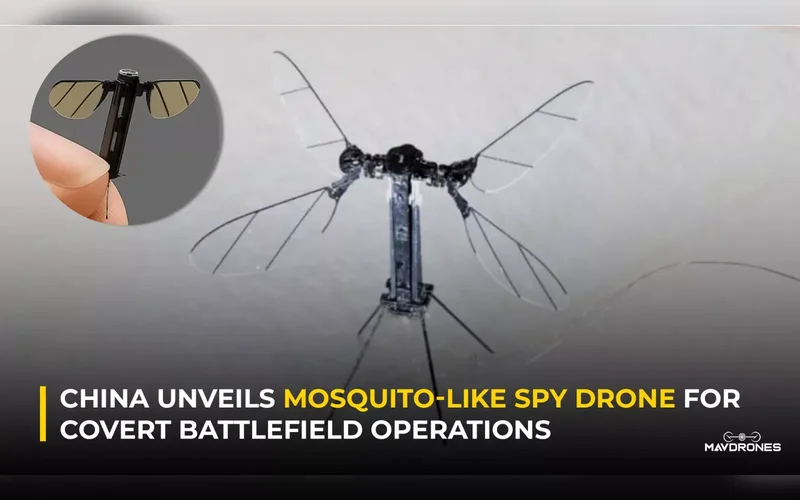In recent years, China’s advancements in military drone technology—particularly unmanned aerial vehicles (UAVs) used for surveillance and intelligence gathering—have triggered alarms across the globe. With growing reports of high-altitude spy drones penetrating foreign airspace, the international community is paying close attention to the strategies behind China’s use of drone surveillance.
A Growing Arsenal of Spy Drones
China has developed a sophisticated fleet of reconnaissance drones capable of flying long distances, operating at high altitudes, and remaining in the air for extended periods. One of the most notable among them is the WZ-7 “Soaring Dragon”, a high-altitude, long-endurance (HALE) drone designed for intelligence, surveillance, and reconnaissance (ISR) missions. This UAV is often compared to the U.S. RQ-4 Global Hawk and is capable of providing wide-area coverage for monitoring military activity.
Another key asset is the CH (Cai Hong or “Rainbow”) series, which includes models equipped with both surveillance and strike capabilities. These drones are frequently exported to China’s allies, but some variants are believed to be used in covert operations.
Global Tensions on the Rise
Incidents involving Chinese drones have sparked diplomatic tensions. In early 2023, the U.S. military reported intercepting a suspected Chinese surveillance balloon over its airspace. Though not a drone, the event reignited scrutiny of China’s broader ISR activities. Since then, several Asian neighbors, including Japan, Taiwan, and India, have reported increased sightings of unidentified UAVs suspected to be Chinese in origin.
The South China Sea has become a hotspot for drone surveillance, with multiple nations accusing China of using drones to spy on disputed islands, monitor naval movements, and gather intelligence on military installations.
Why It Matters
The use of spy drones represents a shift in modern surveillance tactics. Unlike satellites, drones can fly closer to targets, hover for hours, and relay real-time data. This gives China a strategic edge in collecting intelligence while avoiding some of the diplomatic fallout that manned aircraft incursions might cause.
However, as China’s drone capabilities grow, so do concerns about data security, airspace sovereignty, and potential military escalation. Nations are now investing more heavily in counter-drone technologies, including jamming systems and interceptor drones, to protect critical infrastructure and sensitive locations.
The Bigger Picture
China’s aggressive drone development is part of its broader goal to modernize its military and assert itself as a global power. With AI-driven drone swarms, autonomous navigation, and stealth technology reportedly under development, the world is entering an era where surveillance and warfare are increasingly unmanned—and unpredictable.
For now, governments worldwide are keeping a close eye on the skies, watching what China’s drones are watching. The question isn’t just what these spy drones are capturing—but what they signal for the future of global security.
Stay tuned to The Vybe for the latest in global news, culture, and tech—plus the best in R&B, Soul, and throwback music.



























